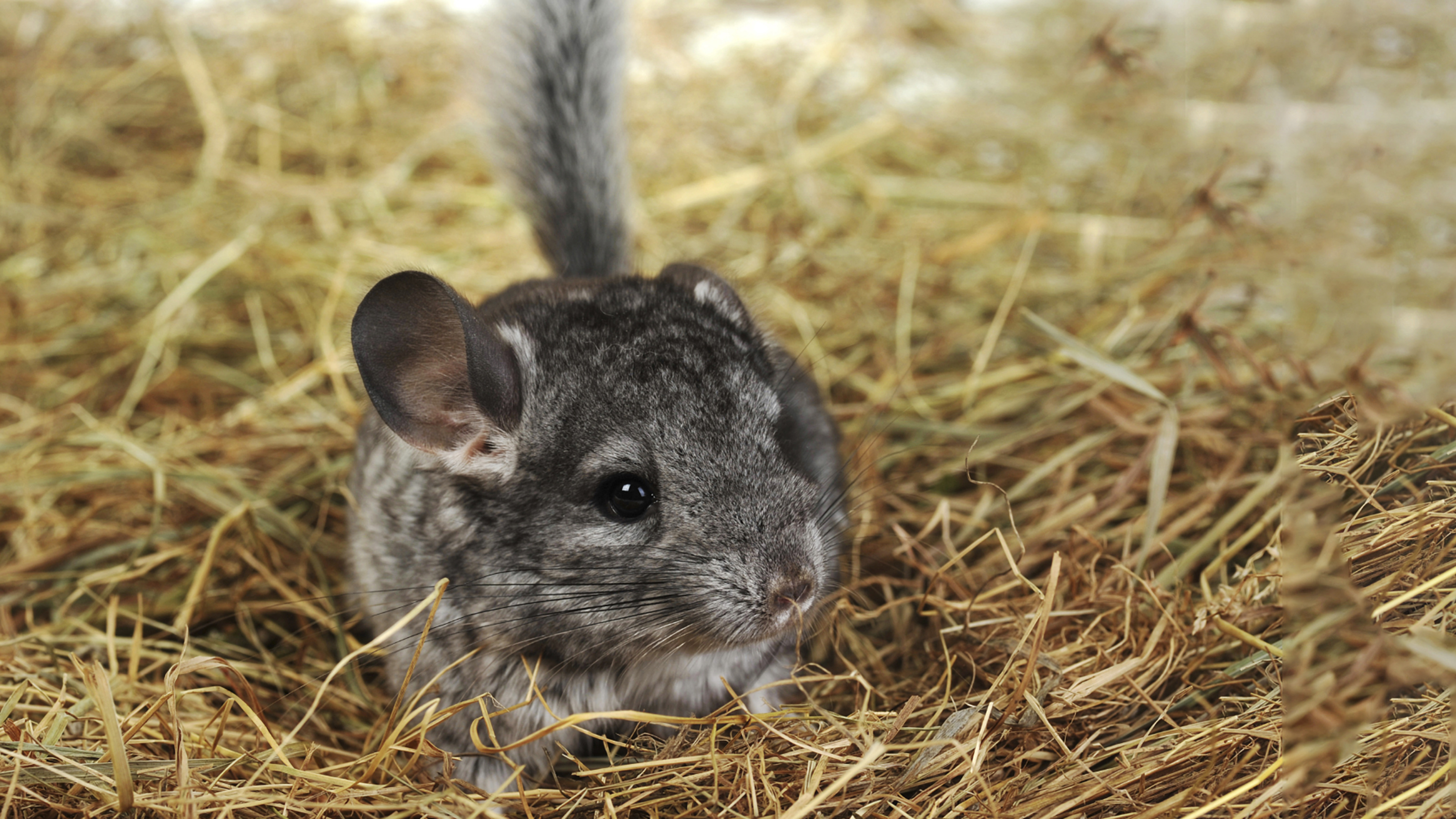
Fleas And Your Small Pet
Did you know there are over 2,000 species of flea? Cat and dog fleas are the most common species in the UK, and both can bite our small pets.
Fleas aren’t fussy, and will take a bite from most warm-blooded animals. This includes small furries, such as hamsters, Guinea-pigs and rats, who usually pick them up from other pets in the home.
More about fleas and your small pet
Fleas reproduce really quickly, and live most of their life off their animal hosts. They actually reproduce much like butterflies, with larvae instead of caterpillars. As so much of the lifecycle happens off your pet controlling an infestation of fleas can be a difficult job.
- Adult fleas are brought into the house by pets with outdoor access, or who mingle with other pets.
- The adult flea lays eggs. She must have fed to lay (an adult flea that cannot find food will die before laying). She can lay up to 500 eggs in her lifetime!
- The eggs are small and white, and while they are often laid on the host, they aren't attached in any way. This means as the originally infested pet moves around your home the eggs will slide off, and get buried into carpet fibres, cracks in the floor, soft furnishings and pet bedding. It is estimated that if you have fleas in your home, half of the population will currently be in egg form.
- Eggs will hatch into flea larvae within twelve days. These larvae are like the caterpillar stage of butterflies completely different to the adults. Larvae do not feed on blood, and instead feed on organic debris in the home. They don't like the light, so tend to burrow deeper into wherever they are. This means you rarely see them, although they actually make up about 35% of the flea population in your home.
- After approximately 1-3 weeks, larvae will spin themselves a cocoon and start to change into adult fleas. The developing larvae in side are now called pupae. Approximately 10% of the flea population in your home at any time will be pupae.
- It is the pupae that make fleas so difficult to eradicate. In favourable conditions, pupae will hatch into adult fleas within days to weeks, but in unfavourable conditions pupae can remain dormant in their cocoons for months! They are also sticky, so are hard to remove with light vacuuming or sweeping.
- When conditions are right an adult flea will emerge. They must locate a new host quickly, and feed, in order to start the life cycle again and lay their eggs. These adult fleas are not fussy, and can jump on our small furries if no more obvious targets are to be seen!
Some small pets may not show any signs of a flea infestation, but as fleas are relatively large parasites even a few fleas can cause your small furry quite a lot of distress.
Signs of a flea infestation can include:
- Your small furry nibbling or biting at their skin. If you have more than one small furry you may see them itching too - it is likely that any other pets in the home are also infested. You may even be itching yourself, and see red bumps on your skin where fleas have bitten.
- Flea dirt. Flea eggs are white and hard to spot, but flea dirt (a mixture of flea poo and dried blood) can often be seen on the skin of pets who have fleas. This looks like little reddish brown specks, and can be mistaken for grains of soil. A good test to see if specks on your pet's coat are actual dirt or flea dirt is the wet paper test. Get some damp paper towel or cotton wool and gently wipe up some of the specks. If the area around the speck turns reddish-brown, it's flea dirt.
- Live fleas. You may be able to see live fleas in your pet's coat if you part the fur or stroke them backwards. Fleas are very fast though, and can be difficult to see, although the small size of pets like hamsters, rats and chinchillas makes them easier to spot! Along the spine and around the neck are good places to look.
- Anaemia. In heavily infested pets, a flea infestation can cause so much blood loss that they become anaemic. This can look like weakness, and pale gums.
- Hair loss and scaling. Patches of hair loss, and dandruff-like skin scaling may be seen on your pet, giving them a moth-eaten appearance.
Some of these signs can also be seen with other skin parasites or diseases. If your small pet is showing any of these signs, get them checked out by your local vet.
Small Pet Advice
Read more of our expert pet advice to keep your small furry happy and healthy.
